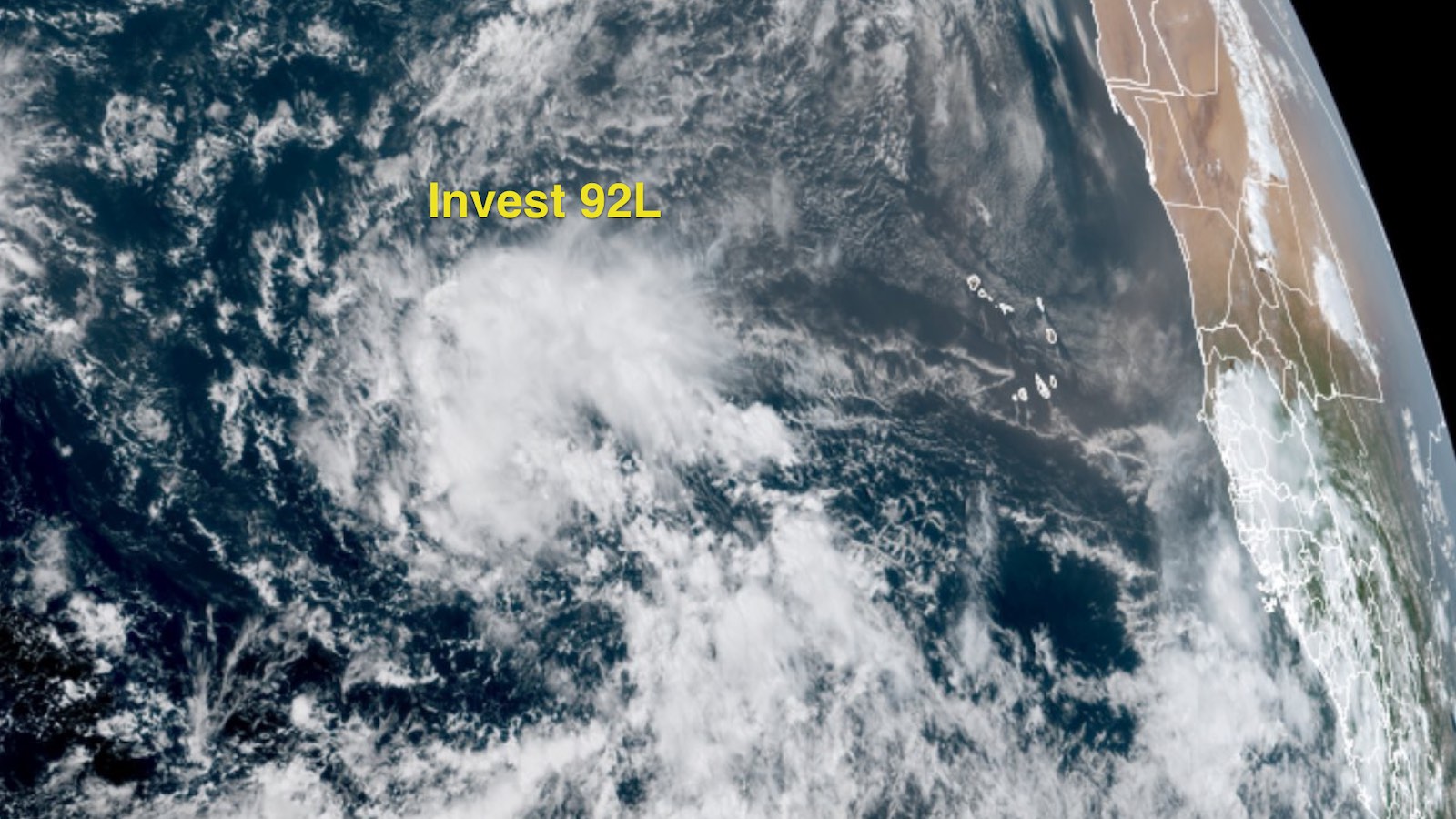A New Disturbance in the Atlantic: An Overview of Current Hurricane Season Dynamics
As we delve into the peak of the Atlantic hurricane season in mid-September, a notable calm envelops the Atlantic basin this year. Despite historical precedents for activity during this time, we find ourselves at an unprecedented juncture marked by 18 consecutive days without a named storm or tropical depression. According to meteorological expert Michael Lowry, this extended period without significant storm activity has not been seen since the advent of modern satellite tracking in 1966.
Historically, we might expect an average of four named storms and two hurricanes to occur in this swath of time. Yet, as of now, we have seen only one hurricane—Category 5 Hurricane Erin—making this season astonishingly inactive compared to previous years. What can we glean from this unusual lull, and are we on the precipice of change?
Current Conditions and Disturbances
The National Hurricane Center (NHC) has recently designated a disturbance in the central Atlantic as Invest 92L. Positioned midway between Africa and the Lesser Antilles, this system has begun to show signs of organization, with favorable meteorological conditions such as light wind shear and warm ocean temperatures around 29 degrees Celsius (84°F). Despite some initial hindrances from dry air, forecasts suggest that a more conducive, moist environment will allow for development later in the week. The NHC estimates a considerable chance—40% in 2 days and 80% in 7 days—that this system could become a named storm, likely taking the name Gabrielle.
An Uncharacteristic Season
In contrast to the devastating impacts seen in past hurricane seasons—especially from 2017 onwards—this year’s activity has been notably muted. With the only landfalls recorded being Tropical Storm Barry in late June and Tropical Storm Chantal in early July, the human and financial toll has been significantly lower than what we have come to expect from the Atlantic, where named storms have historically wreaked havoc.
Tropical Storm Barry impacted Mexico with top sustained winds of 45 mph, resulting in eight deaths and around $6 million in damages.
- Tropical Storm Chantal caused more extensive flooding, attributed to at least six deaths and damages exceeding $56 million in North Carolina.
Moreover, Hurricane Erin, while a powerful storm, took a track through the Atlantic that spared significant land areas, with its effects predominantly felt in lighter coastal flooding and erosion along the U.S. East Coast.
Future Projections: Invest 92L and Beyond
The trajectory of Invest 92L shows it is likely to remain out to sea, with Bermuda as the only potential area of concern—on a short time frame, this appears fortunate. As thoughts turn to the future, the presence of this disturbance highlights an often cyclical pattern in hurricane seasons. Just last year, the Atlantic experienced a similar lull in early September, followed by the emergence of major hurricanes Helene and Milton later in the season.
The key question now revolves around whether Invest 92L will indeed develop into a named storm and what implications that may yield. While forecasts indicate some hesitance, the optimistic view points toward a stronger atmospheric condition enabling its evolution over the coming days.
Comparisons to Other Basins
An analysis of global hurricane activity reveals unexpected trends not only in the Atlantic but also in the Northwest Pacific, where conditions have similarly proved scarce for cyclonic development. Historical data indicates that we are witnessing one of the slowest seasons on record, with accumulated cyclone energy (ACE) only reaching 34% of the average for this time of year. The absence of major Category 3 or stronger typhoons is particularly significant, as, on average, several would have developed by now.
Recent forecasts observe a potential for a significant typhoon to form south of Japan in the coming days — a development that, if pursued, could break records for the latest formation of such a storm.
Conclusion: Preparedness and Vigilance
As we stand on this delicate precipice between calm and potential tumult, it is critical to maintain a posture of vigilance and preparedness. History teaches us that the unpredictable nature of hurricane seasons demands continuous monitoring and response readiness.
Experts emphasize the necessity for communities to remain alert to forecast updates—particularly with Invest 92L looming on the horizon. The atmospheric conditions might change rapidly, and while a lull can feel reassuring, the ocean’s depths and the skies above remain inherently capricious. We may very well see this quiet phase punctuated by the emergence of storms, reminding us of nature’s power and unpredictability in the stormy theater of climate phenomena.
As such, local communities, government agencies, and meteorological organizations must stay engaged in proactive strategies to mitigate what could evolve into a more tumultuous autumn, underlining the vital importance of preparedness in the face of nature’s capriciousness. While this season may currently feel tranquil, the dynamic interplay of meteorological factors indicates that we would do well to heed the lessons of history and remain prepared.










